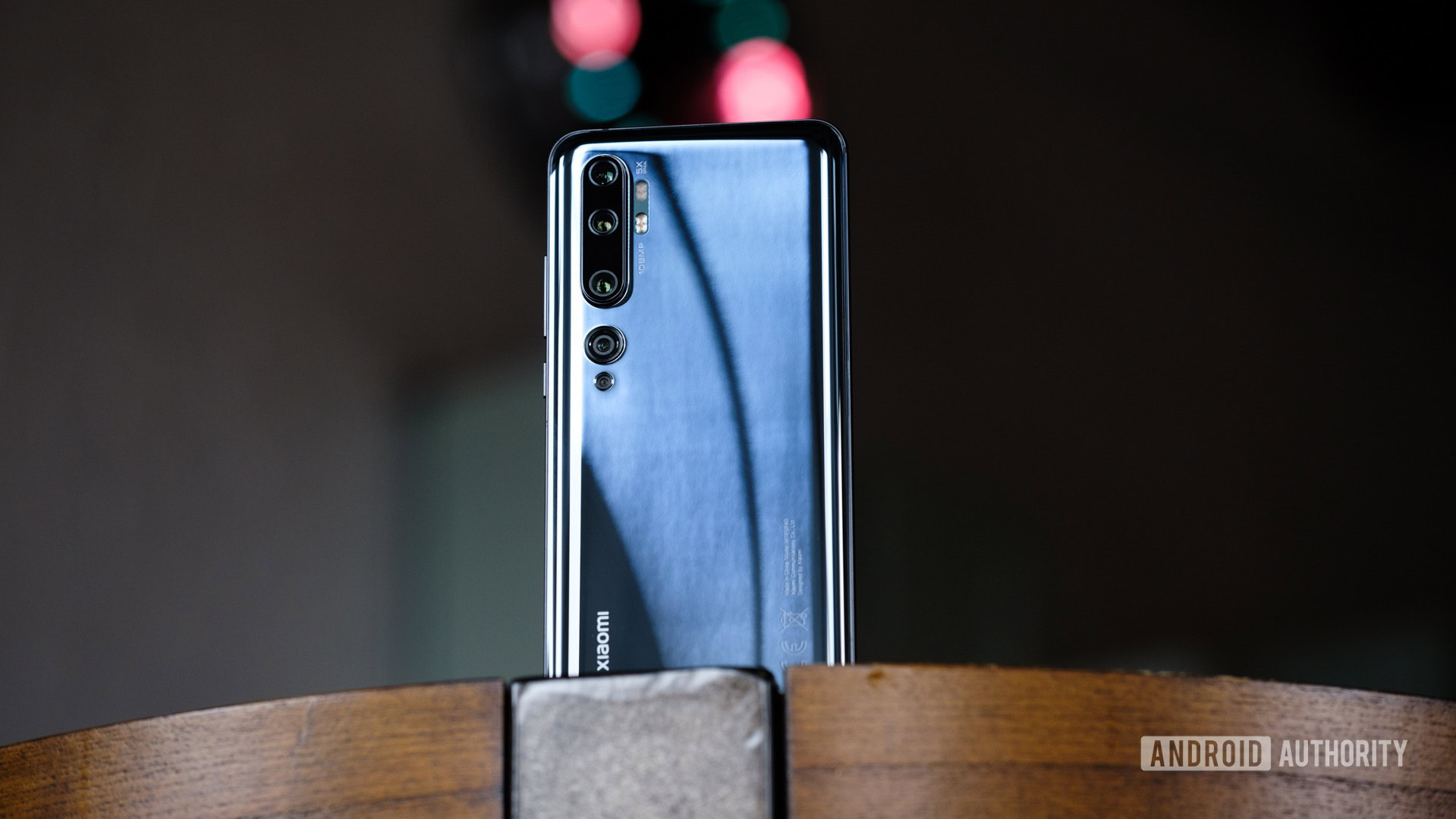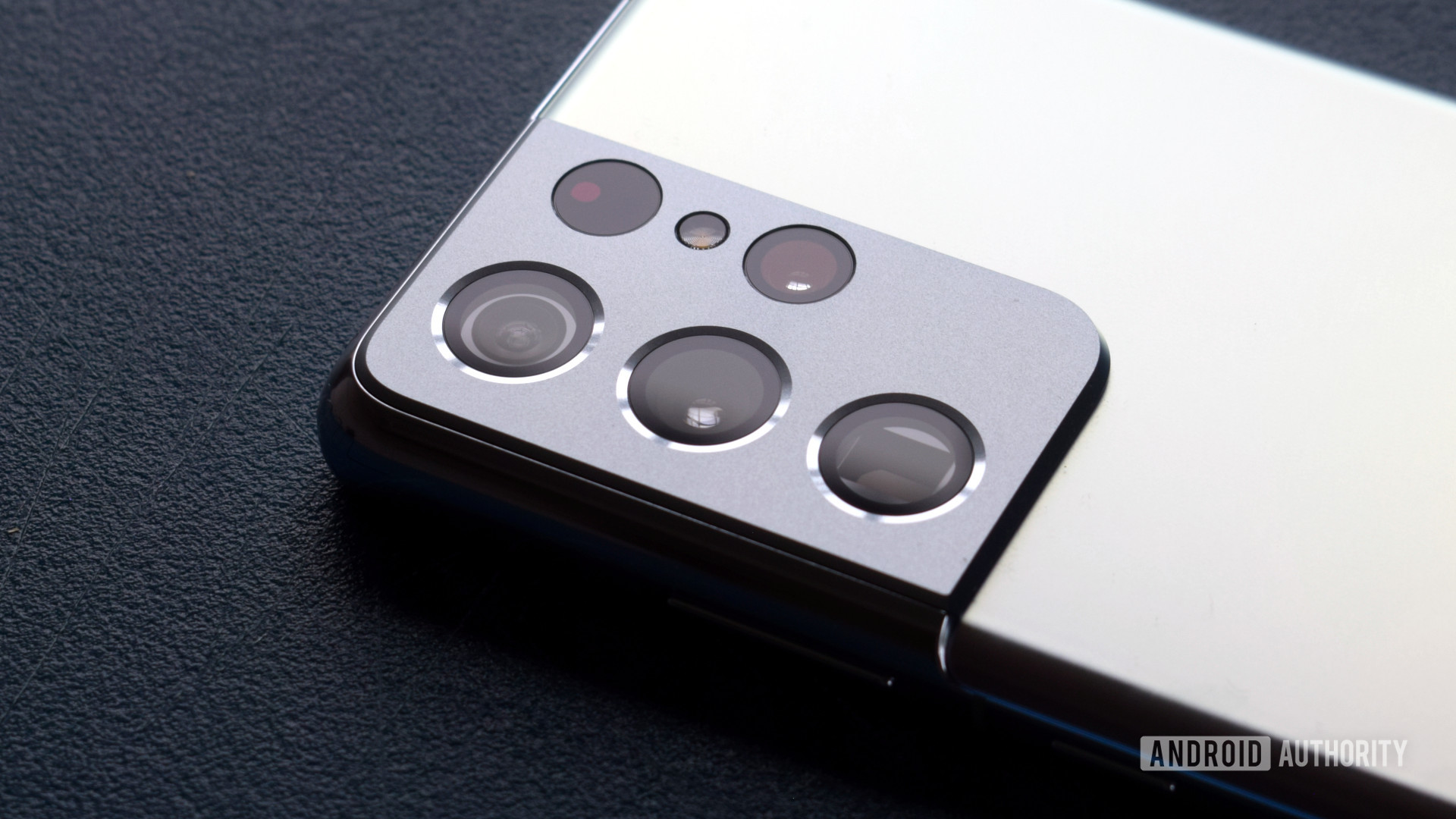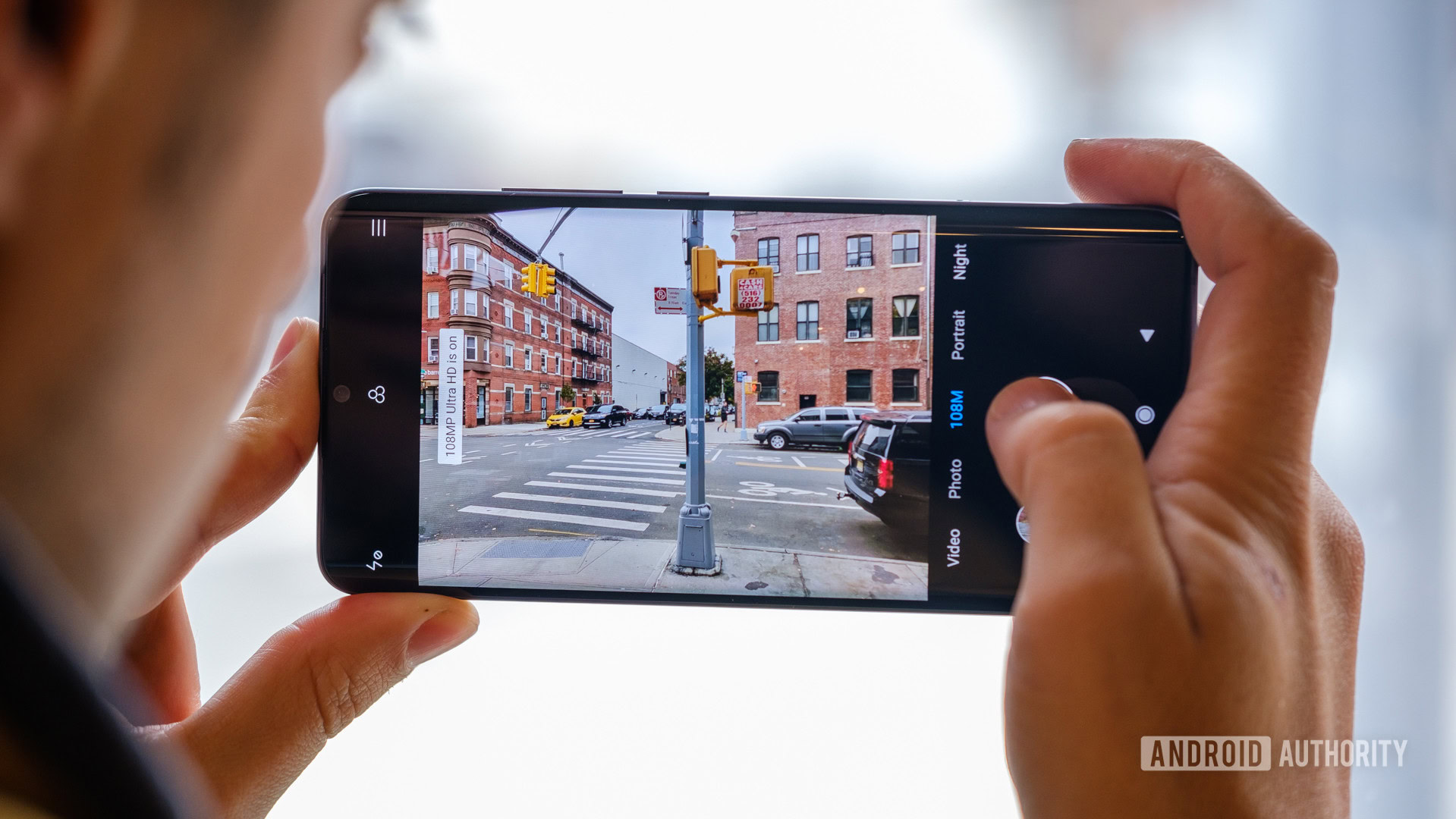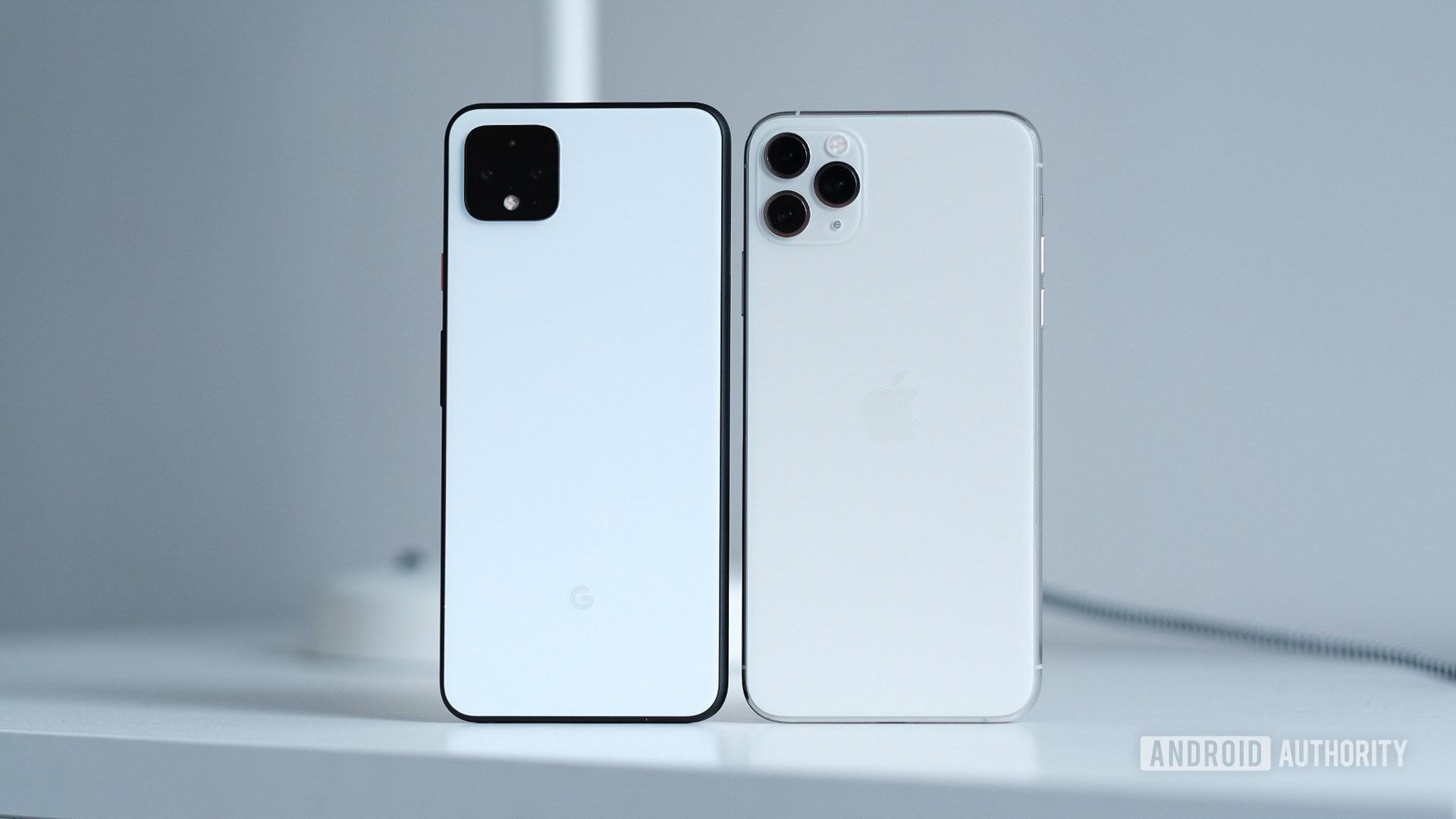Affiliate links on Android Authority may earn us a commission. Learn more.
The Xiaomi Mi Note 10 may have solved a big issue with long-range zoom

Zoom has been a major challenge for smartphones over the years, but 2016’s iPhone 7 Plus went a long way to improving matters thanks to its 2x telephoto camera. The telephoto camera meant that you didn’t need to rely on cropping or bulky lenses (e.g. Samsung Galaxy K Zoom) in order to get native zoom.
In 2019, it’s now expected that premium smartphones will offer 2x or 3x telephoto cameras. But Huawei and Oppo weren’t content with this zoom factor in 2019, as the two brands offered periscope cameras for the first time in the P30 Pro and Reno 10X Zoom Edition. This technology delivers an even greater zoom factor than a traditional 2x or 3x telephoto camera, topping out at 5x native zoom.
Combine that with a variety of computational techniques, and you can even get 10x hybrid zoom that’s better than traditional digital zoom. The move to longer range zoom has however introduced one challenge, as short range zoom (2x or 3x) suffers as a result.

You see, there’s a gap in zoom factor between 1x (the primary camera) and 5x (the periscope camera). This has forced companies to use image fusion technology or digital zoom to fill the gap.
HUAWEI in particular reportedly uses super-resolution technology for anything up to 3x zoom, akin to HUAWEI’s legacy hybrid zoom and the Pixel‘s Super Res Zoom. HUAWEI then switches to a so-called “field of view fusion” solution for zoom levels between 3x and the native 5x option, combining data from its 40MP primary camera and the 5x periscope sensor.
This solution certainly seems better than plain old digital zoom, but it’s far from ideal. In fact, our own testing shows that the HUAWEI P30, which tops out at 3x optical zoom, is able to deliver superior overall results at 3x compared to the P30 Pro (which packs a 5x zoom camera). Check out this comparison below:
Oppo’s short-range zoom solution is similarly complex for its OPPO Reno 10X Zoom Edition, as the phone either uses digital or super resolution zoom up to 2.9x. The phone then fuses images from its main camera and periscope sensor to deliver zoom at 3x to 4.9x, the brand confirmed on its support page.
Fortunately, the Xiaomi Mi Note 10 heralds the dawn of a rather interesting solution to this conundrum. Sure, it has a monster 108MP camera, but it’s not a one-trick pony.
A solution on the horizon?

Xiaomi gets around this challenge by offering two zoom cameras on the Xiaomi Mi Note 10. The company touts a 5MP 5x telephoto camera (it’s actually a 3.7x 8MP snapper) as well as a 12MP 2x telephoto shooter.
This solution means you’re getting native short-range zoom without the loss of detail you’d expect from periscope or long-range zoom cameras. This is because the Xiaomi phone can use the 2x telephoto camera for native 2x shots as opposed to cropping the main sensor or conducting image fusion or super-resolution zoom.

It’s a rather obvious solution to the issue of short-range zoom on phones that only pack long-range zoom cameras. And with smartphones now touting four or even five rear cameras, it seems like 2x or 3x telephoto zoom could become the next addition alongside standard, ultra-wide and long-range zoom cameras.
The addition of a 2x telephoto camera to a phone with a 5x zoom camera doesn’t only mean better 2x shots either. This could also result in better results for intermediate zoom factors, as the gap in zoom factor isn’t as wide as having a phone with a periscope camera only.
The Mi Note 10 2x telephoto sensor also functions as a depth sensor of sorts (as we’ve seen on other devices), which means there’s no need to ship a phone with a dedicated depth camera if you’re taking this route.
What about hybrid zoom?
That isn’t to say that two telephoto cameras will be the undisputed future of smartphone photography though, as some brands might opt for one short-range zoom camera and use hybrid zoom technology for longer range zoom.
We’ve already seen the likes of HUAWEI and Google use hybrid zoom techniques with great success on phones with 2x or 3x telephoto cameras only. In fact, the 3x telephoto-toting P20 Pro, P30, Mate 20 series and Mate 30 family all offer 5x hybrid zoom that yields good results compared to digital zoom. Google’s own Pixel 4 also delivers some polished results thanks to the combination of a 2x telephoto camera and Super Res Zoom. Check out these samples below.
We’ve also seen brands ditch telephoto cameras entirely on budget phones, ostensibly due to the component expenses involved. Two telephoto cameras will therefore result in an even higher bill of materials, so don’t expect to see this on many affordable flagships or mid-range devices. But for brands that do want a solitary zoom camera, using hybrid or image fusion technology to fill in the zoom gap (be it short-range or long-range) seems like a no-brainer.